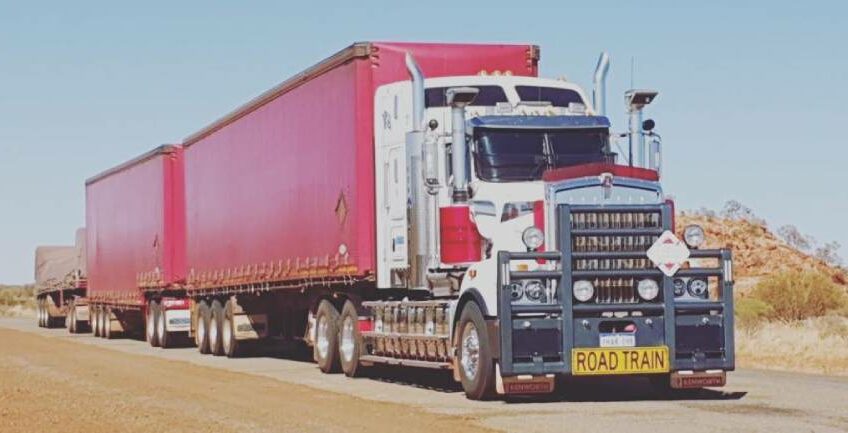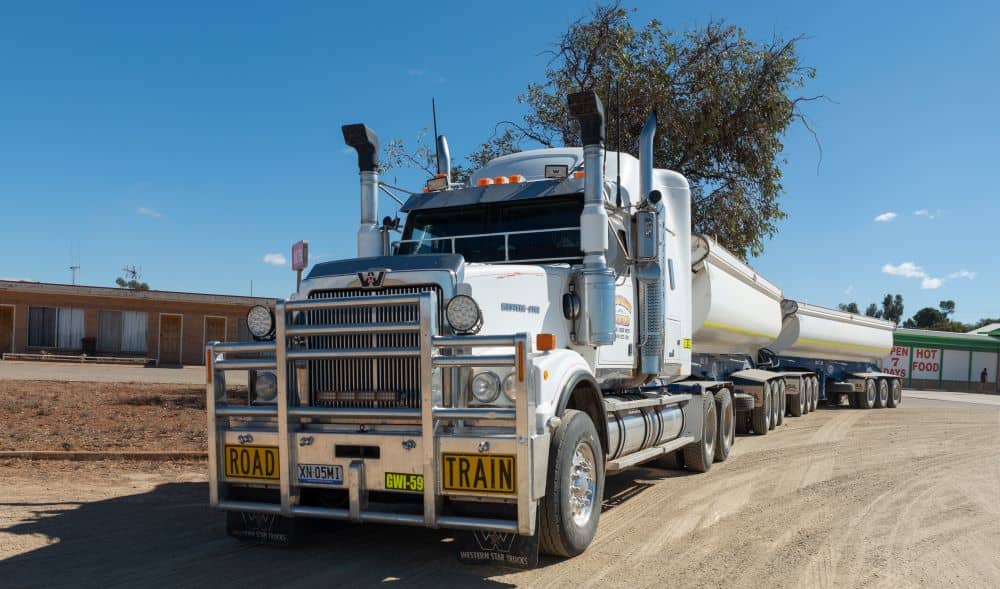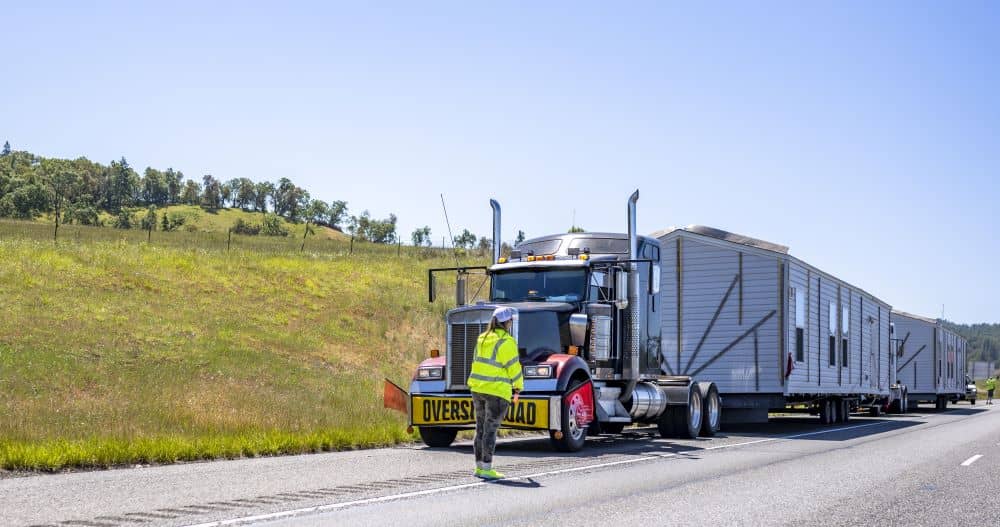
Do you need to move large, oversized equipment and other goods?
The trick to making oversized haulage less stressful is to find the right service provider, one who will expertly attend to your every need. Being attended to by an oversized hauling service provider who’s been in operation for several years ensures your cargo is in the right hands.
For oversized transport in Australia, you’ll need to trust your needs to a provider who clearly understands the Australian terrain, and is equipped with just the right hardware and manpower to get the job done. Though forces of nature can easily come into play to disrupt wide-haul exercises, a well-versed service provider will do all that’s in their power to stay a step ahead of mother nature as much as they can.
Like most things in life, a successful oversized haulage exercise needs extensive planning and preparedness to execute without a glitch.
When to Know if Oversized Transport Is for You
One key consideration to make when deciding whether oversized transport is required is to understand what is considered as a wide haul by local regulations. In Australia, different dimensions and weight limits apply when it comes to determining what is considered a wide haul or otherwise.
Like most other jurisdictions, oversize haul regulations in Australia are made to ensure road safety and sustainability in road use.
Vehicles that are heavier, wider, and longer when compared to average vehicle metrics are wide load vehicles and have a different set of road rules that apply to them. Employing the services of an oversized haul service provider that clearly understands these rules is important when it comes to staying free of trouble from the regulators.
Planning for Heavy-Duty Transportation Works
The planning phase is the most important of all. When properly planned, the exercise will have fewer surprises. In most cases, the planning phase usually involves having both the service provider and customer onboard.
With the customer involved in the planning of the wide haul, their role is limited to pointing out the specifics of what they want to be done. The brunt of the wide hauling task is usually left out to the service provider, who must figure out all the logistics associated with the process.
Other Considerations
When setting up for your transportation, there are things that when done right will help you in achieving a seamless exercise. Though not conclusive, here is a breakdown of some of the considerations you should make with this type of transport:
1. Get Police Escort Where Necessary
Depending on the nature of the hauling exercise, sometimes a police escort must be included as part of the entourage. Whether or not to include police vehicles in your lineup will depend on what you’re hauling.
Police presence isn’t necessary for the protection of the haul, but rather to keep the roads clear and create enough room for the hauling trucks. Escort vehicles and personnel may be necessary on the sides as well, especially when the wide haul is too wide to extend to other traffic lanes.
2. The Time of the Day
The time of day during which oversized hauling can take place may be dictated by local or national laws. When you find the right service provider, they’ll be better placed to inform you of the ideal times to carry out the exercise.
While some wide hauling must be carried out at night when there’s low traffic, other trips must be done at night due to visual impairments or wide enough loads that cover multiple lanes.
3. Traffic Routes and Numbers
Unexpected traffic can cause excessive delays. Such instances can reflect on how much you must pay for the services, which usually means unplanned extra costs.
To mitigate this, you should subscribe to the services of a wide haulier who clearly understands the road situations in different road networks.
4. Monetary Costs
Like other things in life, you may be tempted to think that the level of quality in a task is always directly correlated to the money required. While good quality services are not cheap to come by, you should not be liable to pay more than you ought to.
To work around this, you should seek the services of a transportation company that gives you a breakdown of all the services that your money is paying for.
5. Challenges Involved in the Route
This is where going for an experienced service provider comes in handy. Anything from a broken-down road section to a sloping landscape can affect the transportation of oversized goods.
When planning for a route to take, the final decision should have the least potential for incidents, and in scenarios where the said incidents are unavoidable, the crew should be well versed enough to navigate through them.
6. Plan for the Optimal Route
When picking out a travel route, you should settle for one that will deliver the fastest results with the least time taken.
For an optimal result, a route should be easily predictable and thus easier to plan for. This means that the route should be easy to account for any changes like traffic congestion.
Safety Tips
To have an event-free trip, here are some precautionary measures you should take:
1. Acquire All the Necessary Permits
These permits apply either at a local or national level. Before kicking off the trip, you should be aware of all that’s required of you to legally carry out the exercise.
Getting official permits not only ensures that the transport is done by the book, but it also adds another layer of safety. Before a legal approval for the exercise is issued, there are usually compulsory safety checks that are done, with safeguards to ensure that everything is done right.
2. Check for Personnel Experience
Working with the very best usually means working with those that have a wealth of experience in the field. This need for experience is advisable for staff used in every step of the process, from the loaders to the drivers.
Experience in the workforce also means that those involved in the process will be able to deal with unplanned changes. This is because they’re likely to have encountered similar or exact instances before.
3. Use the Right Equipment
The right equipment includes using the right heavy-duty trucks, the belts used for fastening the cargo, and heavy vehicle lifts to properly check the vehicle before the journey. For a service provider to have the right equipment for the job, usually means that they spared no cost when it came to getting the best tools for the job.
4. Plan for All the Anticipated Outcomes on the Road
Usually, on the part of the service provider, it is important that you try to go through all anticipated failures to the process, and work on establishing contingencies. Unintended outcomes include changes in traffic patterns or disasters like accidents that may make roads impassable for some time.
To mitigate such instances, it is important to come up with alternate routes that will work as fallback plans if the primary routes fail.
5. Organize for an Escort if Necessary
Depending on some of the factors listed above, you should carefully evaluate whether a police escort will be necessary for the exercise. If an escort will be required, you should ensure that the officers in the escort are well versed on the planned roads as well as the backup roads.
6. Check That the Load Is Well Secured Before Hitting the Road
Finally, before you kick off your journey, you should check to ensure that the cargo is well secured and that all the personnel involved are well versed with the primary plans as well as the contingencies


